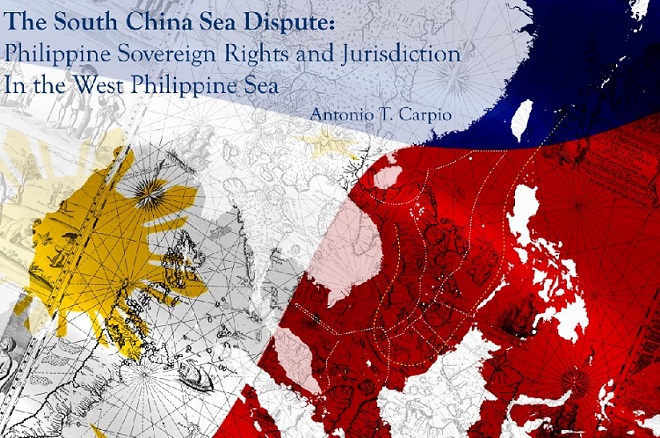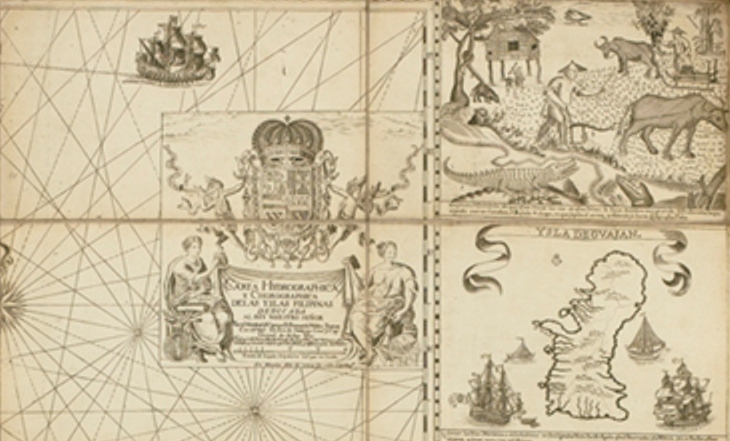
Senior Associate Justice Antonio Carpio’s hope springs eternal.
At the launch of his eBook, “The South China Sea Dispute: Philippine Sovereign Rights and Jurisdiction in the West Philippine Sea,” Carpio said the reason why it will soon have a Mandarin version is because, he wants to reach out to the Chinese people to convince them that the nine-dashed line that puts 80 percent of the vast South China Sea under China’s jurisdiction has no legal or historical basis.
“I believe that, like all other peoples of the world, the Chinese people are inherently good, but their government has drilled into their minds that they owned the South Chinese Sea since 2,000 years ago. This is, of course, utterly false and the world will never accept this. Once the Chinese people realize the falsity of the nine-dashed line, they themselves will be too ashamed to press the nine-dashed line claim before the world. That will be the time when the Chinese government can comply with the ruling of the arbitral tribunal,” Carpio said.
Why an eBook and not a physical book?
